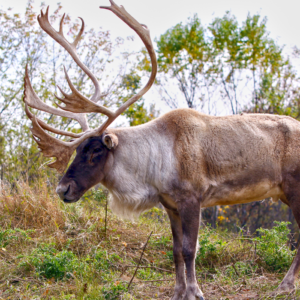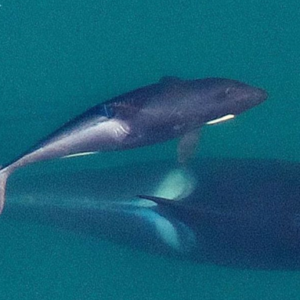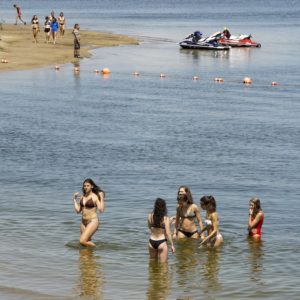Advancing Nature Conservation in the North
As a partner, Nature Canada joins a group comprised of Aboriginal organizations, federal and territorial governments, environmental non-governmental organizations, and industry that oversee a conmmunity-based process to establish a network of protected areas across the Northwest Territories.
Using the best available traditional, ecological, cultural, and economic knowledge, the NWTPAS aims to identify and protect special natural and cultural areas and core representative areas within each of the 42 ecoregions of the Northwest Territories. Since the Strategy was signed in 1999, six new National Wildlife Areas have been proposed in the Northwest Territories through this process.
“The NWTPAS is an invaluable forum for identifying and advancing landscape conservation goals in the North,” said Alexander MacDonald, Nature Canada’s manager of protected areas. “We are honoured to participate in this process as an official partner. Our hope is that together, we can ensure National Wildlife Areas are established where they are most appropriate for wildlife and northern communities through a balanced approach to conservation and economic development.”
The most recent National Wildlife Area proposal calls for the protection of a largely aquatic area on the north arm of Great Slave Lake, called Kwets’oòtł’àà. The proposed National Wildlife Area lies about 50 km west of Yellowknife, and overlaps with the globally significant North Arm of Great Slave Lake Important Bird Area where Tundra Swan, Canada Geese and other waterfowl, as well as at-risk Wood Bison, Boreal Woodland Caribou,Rusty Blackbird and Common Nighthawk live. Kwets’oòtł’àà is also the northernmost known breeding area for Caspian and Black Terns.
Once approved, this will ensure that among other limitations no new mining or oil and gas rights can be established for the land beneath the proposed Kwets’oòtł’àà National Wildlife Area during the planning process for the protected area.
National Wildlife Areas are sites that contain “nationally significant” habitat for migratory birds, support wildlife or ecosystems at risk, or represent rare or unusual wildlife habitat for a given biogeographic region. They also perform important natural services – they filter and store fresh water, and limit the effects of climate change.
National Wildlife Areas are established and protected under the Canada Wildlife Act and managed by Environment Canada or another designated department or organization, including First Nations and Aboriginal organizations. Due to the increased pressure the Northwest Territories has faced in the past decade to develop northern resources, establishing National Wildlife Areas is one way to ensure the wildlife, habitat, and cultures of this area are protected and sustainably managed.
Nature Canada’s new role as an NWTPAS Partner reflects our ongoing work to advance the conservation value of National Wildlife Areas in Canada. In addition to national parks (Nááts’ihch’oh and Thaidene Nene) and territorial protected areas, the new National Wildlife Areas proposed in the Northwest Territories form part of an important core of northern protected areas that will preserve ecological and cultural values in perpetuity.
“We are inspired by the NWTPAS vision, ‘the land takes care of us, we take care of the land…’, and are enthusiastic about forging new relationships and learning through this important conservation planning initiative,” said MacDonald.



